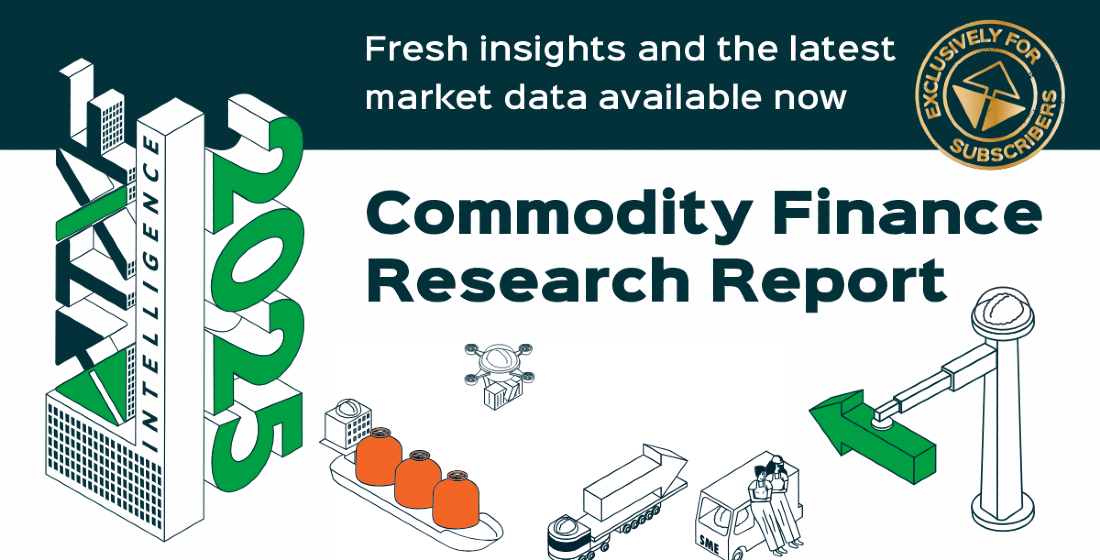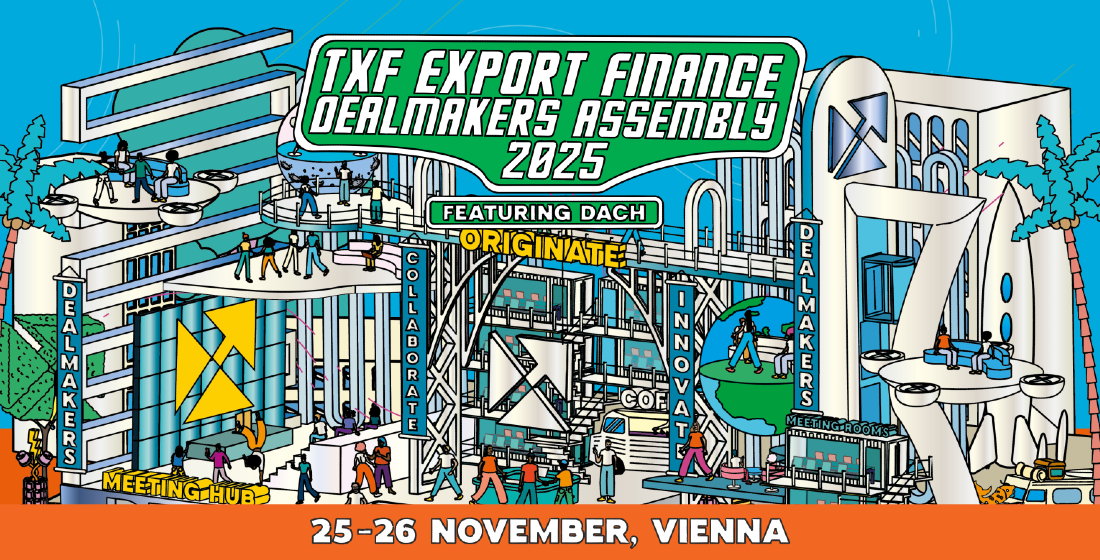Why 2023 DFIs are not 2012 DFIs
A new study of World Bank trade finance activity glosses over ten years of market evolution.

“World Bank spent billions of dollars backing fossil fuels in 2022”, ran the recent headline, with a carefully appended “study finds”, at the end.
The study behind the headline came from Urgewald, a German non-governmental organisation (NGO) that was founded to research investments in fossil fuel projects. It produces “exit lists” for coal and oil & gas that it says are widely used by asset managers and financial institutions to identify corporates with high levels of exposure to carbon-intensive activities.
This study included the finding that “$3.7 billion in World Bank trade finance went to oil & gas” in 2022. As of 30 June 2022, the World Bank Group listed slightly over $317 billion equivalent in assets on its balance sheet.
The World Bank, through its private sector arm the IFC, pushed back strongly, saying “Urgewald’s report contains serious factual inaccuracies and grossly overstates IFC’s support for fossil fuels.” Still, the World Bank recently experienced the premature departure of its Trump-nominated president, and faces calls for it to hugely step up its support for climate finance.
So, the study’s findings will renew the debate about whether it is ever acceptable for DFIs to support hydrocarbons projects. It is about 22 years since the World Bank launched the Extractive Industries Review, which encouraged greater attention to the environmental and social impacts of coal, oil and gas extraction in less-developed countries with weaknesses in governance.
The review did not lead to a formal end to DFI support for projects in these industries, but generally increased DFI scrutiny of these projects to levels that encouraged developers to turn to export credit agencies or commercial banks instead. The World Bank’s flagship attempt to encourage best practice in the oil & gas sector, the Chad-Cameroon Pipeline financing, was prepaid in 2008, with the government of Chad, flush with oil revenues, shrugging off the restrictions attached to the financing.
The Urgewald study looks at the World Bank’s activities in trade finance, since the dataset for direct World Bank support of oil & gas project financings would be very small. More seriously, IFC support for trade finance generally involves funding or supporting other banks in offering the produce to importers and exporters in emerging markets. Its disclosures generally do not list the individual exports and imports facilitated by this support.
And it is the quality of these disclosures that forms a central part of the criticisms by Urgewald of the World Bank – and a central weakness of the study. The Guardian article that publicised the study gave the study’s author, Heike Mainhardt, the opportunity to say that the “opaque” nature was a positive advantage to oil & gas developers looking to evade scrutiny. “They can see that they can access public money this way, without drawing attention to themselves, and they’re very clever, so they will do this”.
The study is careful to say that it believes that $3.7 billion in support is going towards the oil & gas industry in general rather than the development of specific projects in that space, though elsewhere the author and article are happy to provide the impression that that total is going towards projects, rather than simply maintenance, fuel purchases and so on. There’s probably a little understandable confusion about “project” as defined by a DFI (essentially a transaction or grant) and “project” as understood more widely.
But the lack of clarity continues through to the methodology used to arrive at that figure: Urgewald has essentially applied the breakdown in IFC trade finance volumes that applied during the 2006-2012 period to its totals for 2022, which would seem to ignore a decade of evolution in commodities markets and DFI policies.
The data for the 2006-12 period are from the World Bank’s Independent Evaluation Group, a credible and thorough source of data. Urgewald says simply, “these rates remain valid as no changes have been made to trade transaction eligibility for IFC coverage since the 2013 IEG evaluation.” In the IFC’s trade finance programmes that do name beneficiaries, the study is careful to only use the figures assigned to individual borrowers, elsewhere the author has had to extrapolate.
Elsewhere, and in particular for the Global Trade Finance Program, the study generally takes the oil & gas proportion for each region between 2006-12 and applies it to that region’s 2022 volumes. In support of this approach the author points to several big-ticket projects that are in development in Africa though it does not distinguish between those that have already reached financial close and are in construction (Mozambique LNG) and those that are barely onto the drawing board (Nigeria-to-Morocco gas pipeline).
Africa remains highly dependent on lumpy oil & gas projects as drivers of project investment. But more generally, oil & gas development is undergoing a profound shift. The 2006-12 period covered the peak of the 2000-14 commodities super-cycle, where emerging markets played a big role. More recently, gas and LNG development has been concentrated in the US and Australia.
Yes, the Russia-Ukraine conflict has produced a spike in prices and has prompted a renewed search for new hydrocarbons resources, but this spike is nothing like the sustained China-driven surge in demand of the super-cycle period. The conflict has also produced awareness of how vulnerable infrastructure-heavy gas investment is to political risk – just look at the difficulties faced by LNG investments in Mozambique and Yemen.
It is possible that surges in prices and macroeconomic instability would lead to a surge in demand for trade finance for fuel and fertiliser purchases in emerging markets. But this would hardly be as support for investment in upstream and midstream oil & gas, and NGOs generally do not call for DFIs to make it harder for emerging markets to buy hydrocarbons than developed markets. And while NGOs would hardly welcome these developments, commodity traders and Chinese policy lenders have become increasingly important providers of liquidity to emerging market petroleum exporters.
The TXF perspective
Development finance institutions understand that scrutiny is to be expected when operating in poorer countries with weaker systems of governance. Their disclosures can be patchy and inconsistent, and Urgewald’s call for greater levels of disclosure will be met with sympathy in most quarters – if not among DFIs’ clients.
But trade finance simply does not allow for great enough flexibility in risk allocation in oil & gas exports relative to structured export and project finance. And DFIs in 2023 are genuinely wary of increasing their exposure to the oil & gas sector – Uxolo data records no World Bank direct allocations to oil & gas among its $12 billion in 2022 approvals, and for Uxolo’s entire development finance dataset maybe 4% of a $370 billion total directed towards oil & gas. To suggest that the product is a useful place to park investments in new capacity strains credulity.
More generally, filling a disclosure void with statistically shaky inferences is probably not the best way to encourage better DFI disclosures. The relish with which the IFC pushed back against this study suggests they might dig in.





